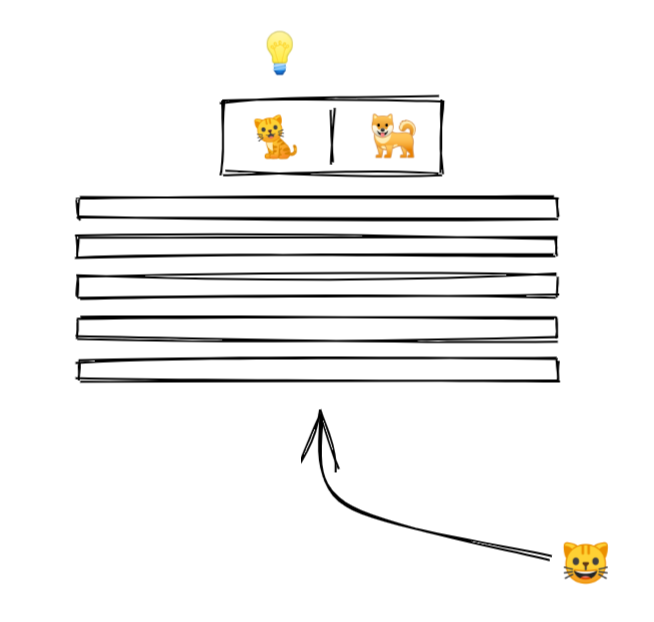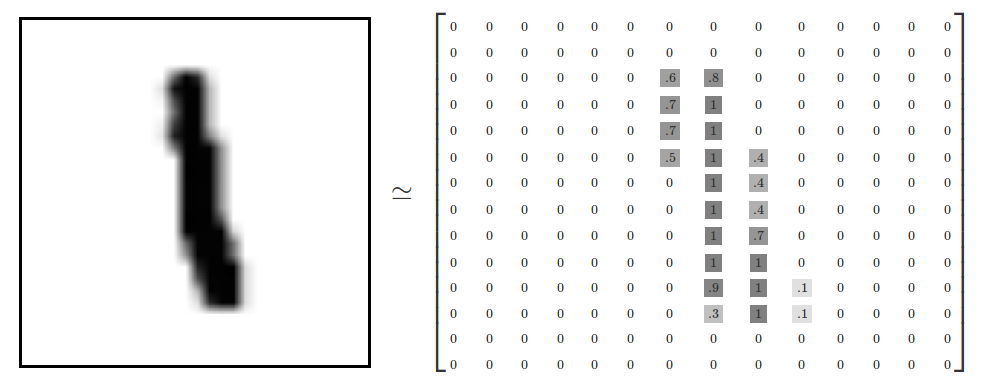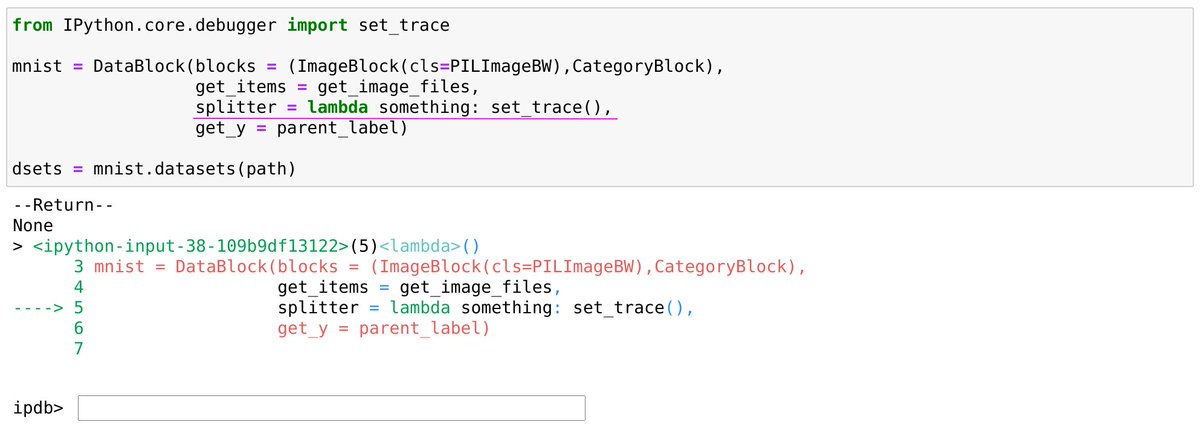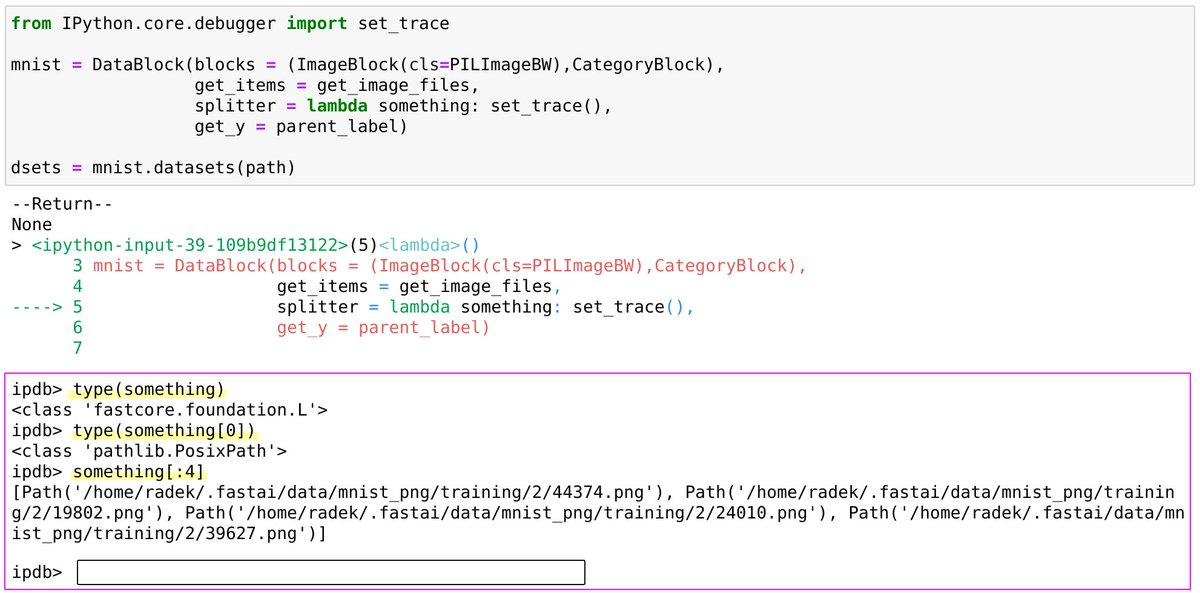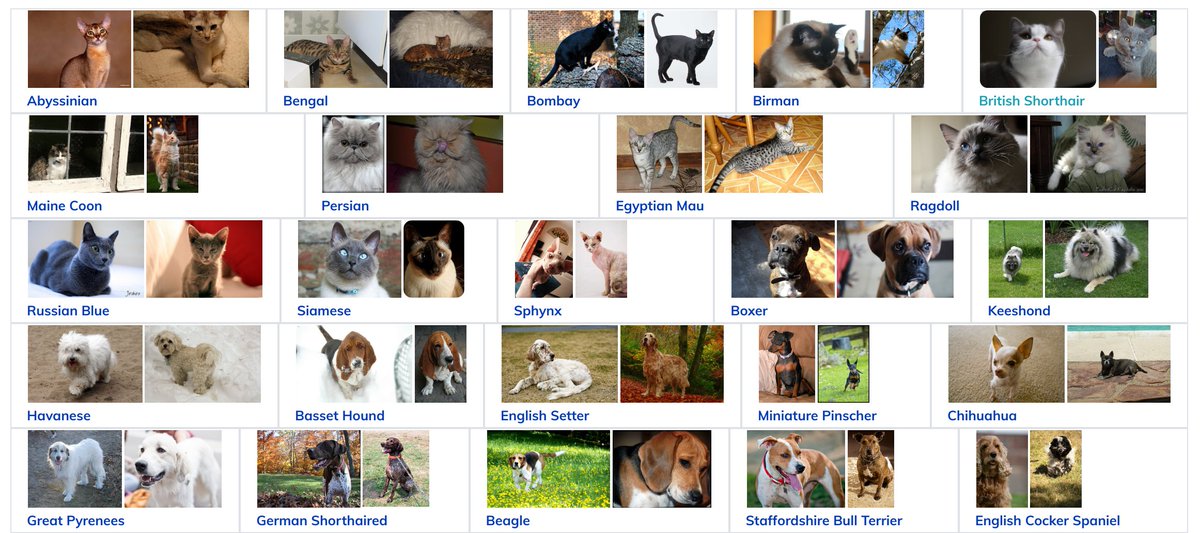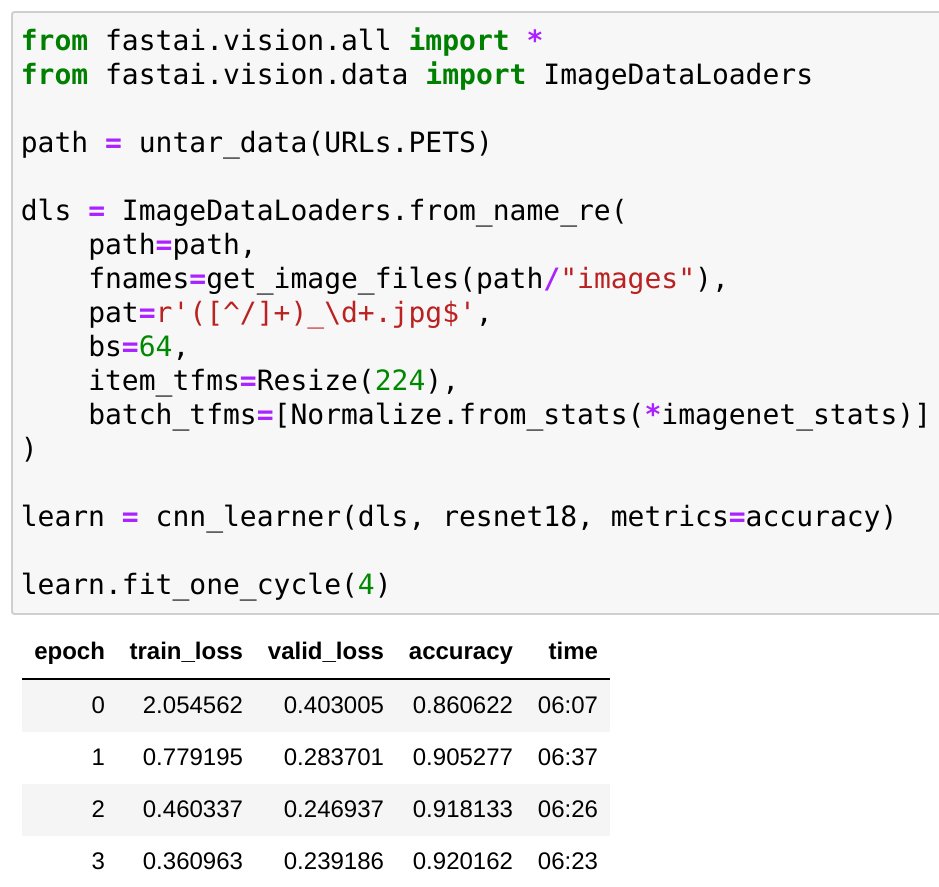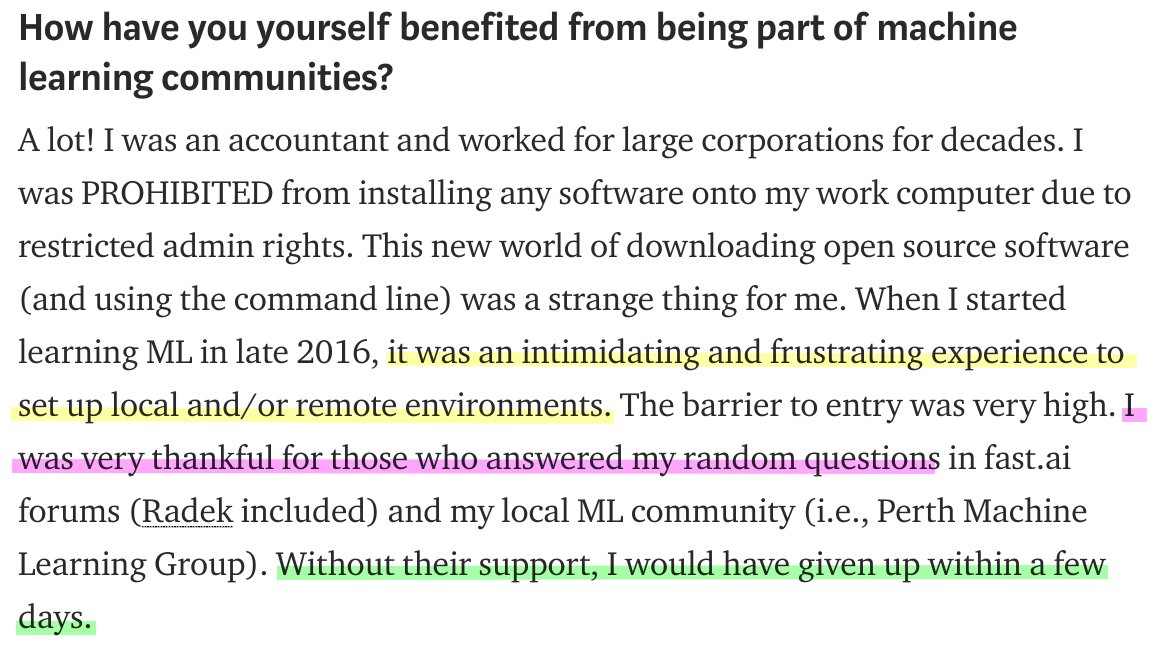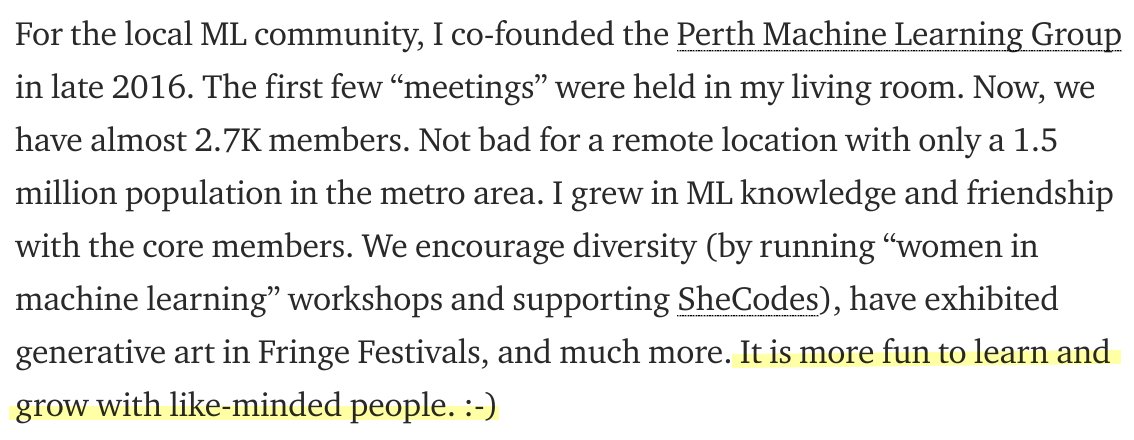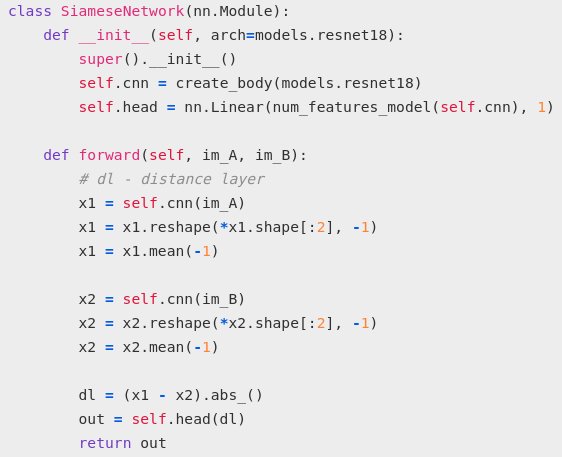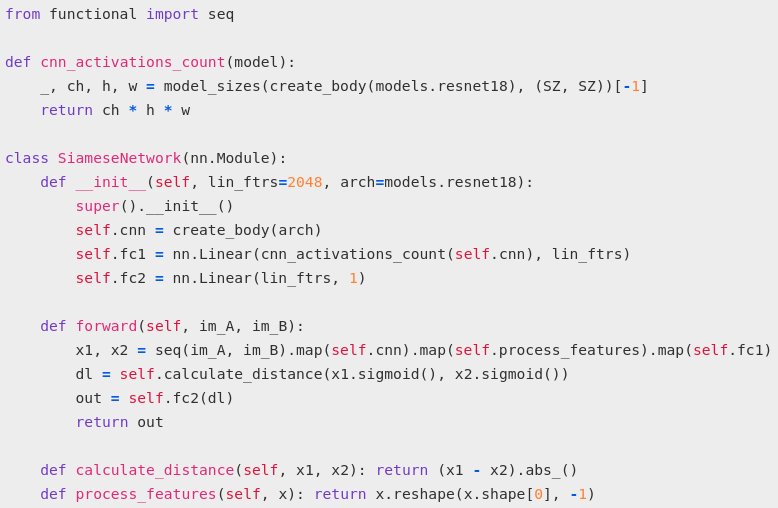
✍️ not sure if this can be helpful to you, but here is how I configure my Ubuntu desktop after install:
✅ use scripts to install a bunch of stuff
✅ install i3 wm
✅ make font not super tiny
Here is the doc: notion.so/How-I-configur…
More thoughts (+ a demo!) in tweets below 😉
✅ use scripts to install a bunch of stuff
✅ install i3 wm
✅ make font not super tiny
Here is the doc: notion.so/How-I-configur…
More thoughts (+ a demo!) in tweets below 😉
If you do decide to follow through with this approach, you are opening yourself up to a world of hurt 🙂
But with time, this will allow you to work on your computer faster and in an (IMHO) much more pleasant way.
Here is a teaser (I am not using the mouse for any of this).
But with time, this will allow you to work on your computer faster and in an (IMHO) much more pleasant way.
Here is a teaser (I am not using the mouse for any of this).
Quick howto:
✅ alt-d and start typing to start a program
✅ alt-enter opens terminal
✅ ctrl-f c creates a new tmux pane
✅ ctrl-f x closes current pane
✅ ctrl-f n, ctrl-f p, ctrl-f <pane num> switches between panes
✅ shift-alt q closes current program
✅ alt-d and start typing to start a program
✅ alt-enter opens terminal
✅ ctrl-f c creates a new tmux pane
✅ ctrl-f x closes current pane
✅ ctrl-f n, ctrl-f p, ctrl-f <pane num> switches between panes
✅ shift-alt q closes current program
✅ alt-<h, j, k or l> moves between open windows
✅ alt-<num> switches workspaces
Do you need this to do deep learning? No!
Proceed at your own risk 🙂
✅ alt-<num> switches workspaces
Do you need this to do deep learning? No!
Proceed at your own risk 🙂
• • •
Missing some Tweet in this thread? You can try to
force a refresh

